Money can’t buy the yeti or Loch Ness monster yet rich men still chase obsessions
BILLIONAIRE philanthropist Paul Allen has announced that he has found the wreck of the Japanese battleship Musashi. He is just the latest rich man to use his fortune to fund his obsession.
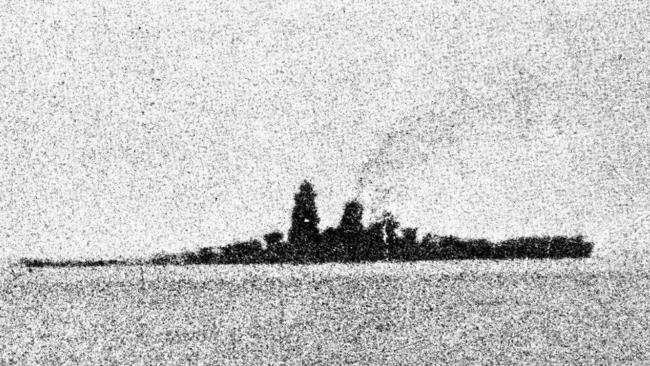
Today in History
Don't miss out on the headlines from Today in History. Followed categories will be added to My News.
BILLIONAIRE philanthropist Paul Allen, the co-founder of Microsoft, has announced that he has found the wreck of the Japanese battleship Musashi.
The Musashi, along with its sister ship Yamato, was one of the biggest, most powerfully armed ships that ever took to the ocean. It was sunk during the battle of Leyte Gulf in 1944. Allen’s quest to find the ship has been an eight-year obsession.
The magnate has long been fascinated by World War II history, inspired by his father’s war service. To find the Musashi he used his own money and his yacht the Octopus, renowned for its voyages of exploration.
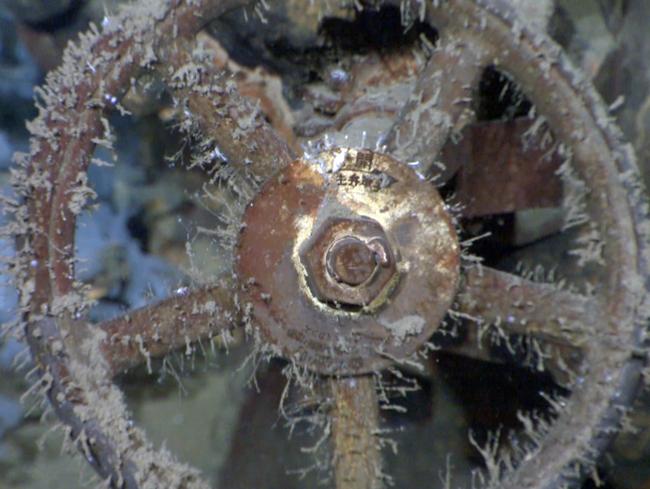
In that respect he is very like many other millionaires in history, using their fortunes to fund obsessions.
Heinrich Schliemann was obsessed with the lost ancient city of Troy. Born in 1822 in the Grand Duchy of Mecklenburg-Schwerin (now part of Germany) as a child he read stories of ancient Troy and at eight he vowed to find the city.
FROM TSARS TO JOURNALISTS RUSSIA HAS A LONG HISTORY
He had numerous professions before he found a niche as an importer and exporter. He taught himself many different languages including English, French, Russian, Greek and Arabic, giving him an edge over competitors.
In 1850 he went to the US to set up a bank buying gold from prospectors on the goldfields and selling it at higher prices. He sold this business and later became even richer cornering the market in indigo dye and selling military supplies, enabling him to retire in 1858.
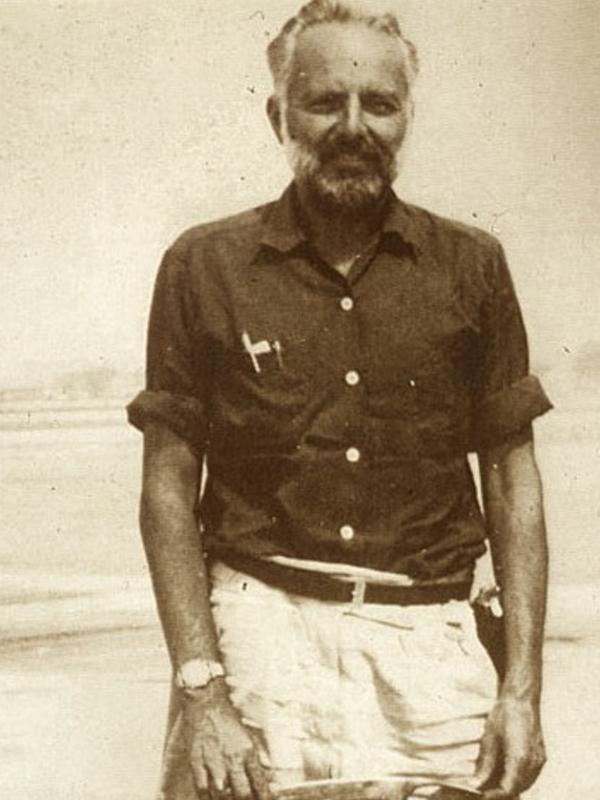
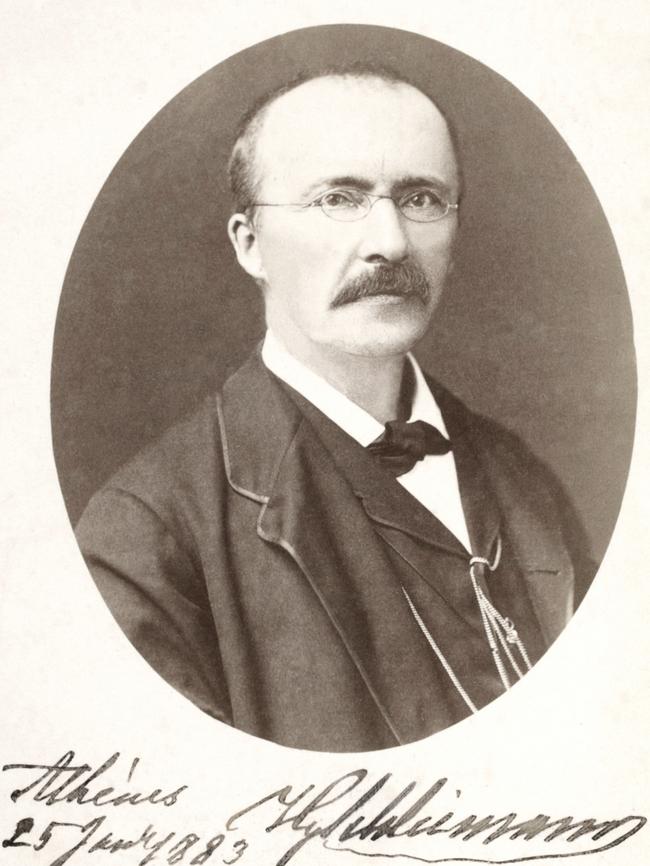
After studying history and archeology, in 1868 he began to search for the site of ancient Troy. He took over the diggings started by Frank Calvert at Hissarlik in Turkey, convinced that this was the site of the city.
In 1871 he found evidence of a number of cities occupying the same site, but in his zeal to find the Troy of Homer’s Illiad he dug down to the lowest level, along the way destroying evidence of the city he was looking for. However, without his money and his obsession Troy may never have been found.
One of the strangest cases of a tycoon obsessed with making a discovery was that of Tom Slick Jr, the son of an oil millionaire. Tom Jr was born in 1916 and while studying at Yale he first heard about mysterious creatures like the yeti, Bigfoot and the Loch Ness monster.
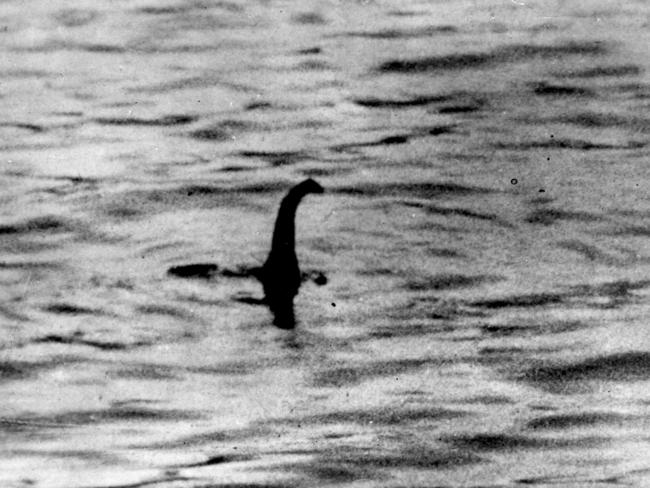
On holiday in Europe he stopped in Scotland to spend time looking for Nessie. When his holiday ended he returned to America to work in the family business, expanding the company’s interests and creating various philanthropic foundations.
In between work commitments he returned to his cryptozoological interests, including a 1957 expedition to Nepal to look for evidence of the yeti. He sponsored another expedition in 1958 and in 1960 mounted an expedition across America to look for Bigfoot. He died in a plane crash in 1962 in Montana, bringing his searches to an inconclusive end.
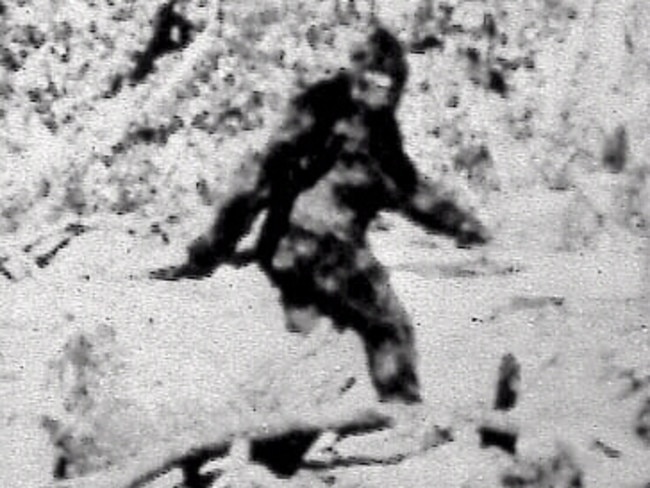
Another oil millionaire, Jack Grimm, became obsessed with finding the Titanic. Grimm was born in Oklahoma in 1925, he trained as a geologist and made his fortune as an oil wildcatter in Texas and Oklahoma.
When he was 11 his grandfather excited him with stories of buried treasure, causing Grimm to buy some dynamite and blow up a local riverbed in the hunt for historical objects.
He found some arrowheads and other bits and pieces but no actual treasure. But it inspired him to look for more.
He served in the marines in World War II and after the war studied geology with an idea of prospecting for oil. He got lucky drilling in Oklahoma on his first time out but subsequently had a bad run and was nearing bankruptcy before his luck changed in Texas.
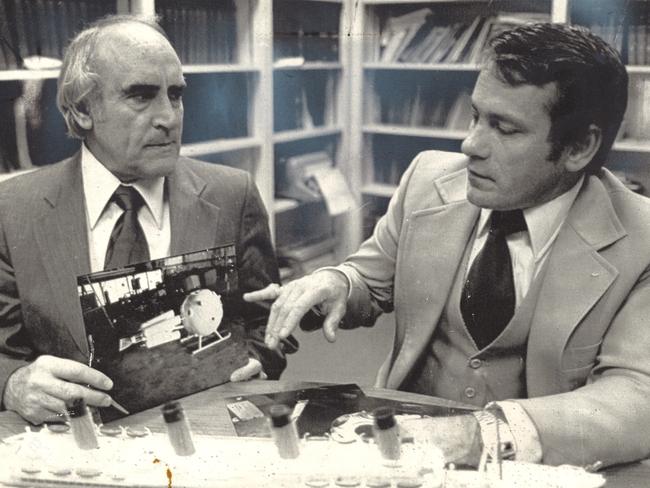
Having made his fortune in the 1970s he went on an expedition to Turkey looking for Noah’s ark. He found a chunk of wood on a mountain and carried it with him for the rest of his life insisting it was from the Ark.
He also had a go at hunting for Bigfoot and the Loch Ness monster before becoming obsessed with the Titanic in 1979. He used a lot of his own money but, being such a good salesman, also raised millions from others to aid him in his quest.
After three failed expeditions in 1980, 1981 and 1983 he still hadn’t found the ship, although he insisted he had found tantalising signs of it.
In 1985 a team led by Robert Ballard found the ship and Grimm had to be content with salvaging objects from the wreck.
He died in 1998.
Originally published as Money can’t buy the yeti or Loch Ness monster yet rich men still chase obsessions



